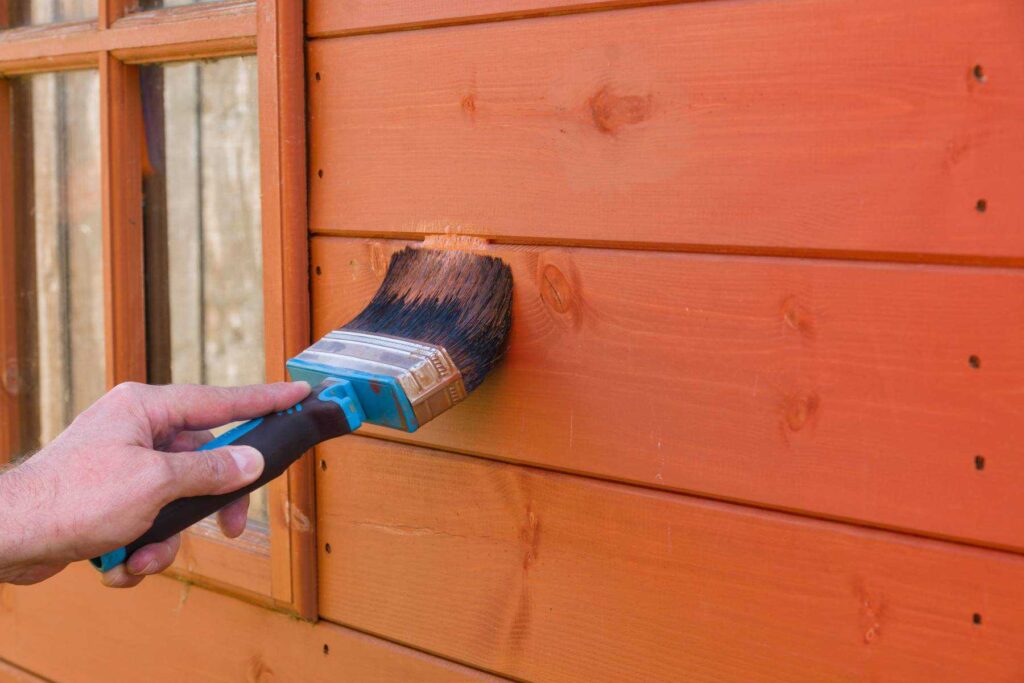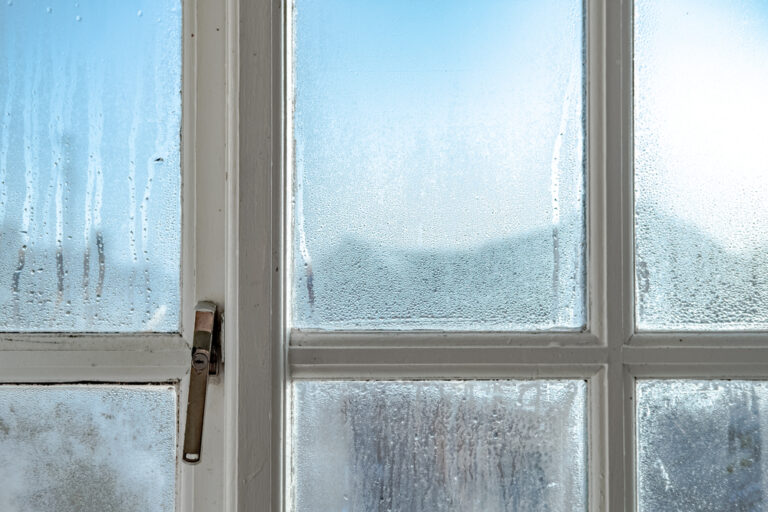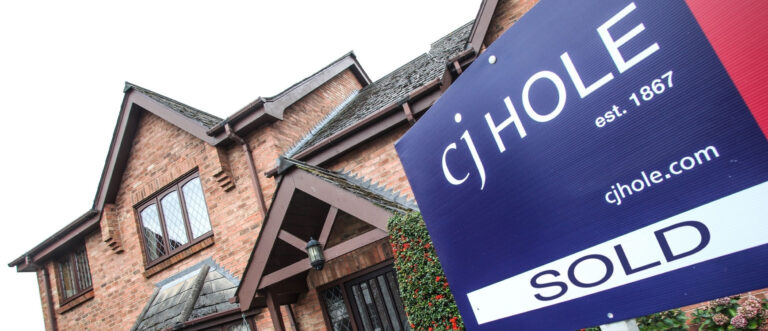Keeping your property in good condition through regular maintenance can help protect your investment.
But your outbuildings are also part of that investment and can even add value to your home in many cases – especially if you’re looking to sell.
So, keeping the other buildings on your property in good order is key.
Here, we’ll reveal everything you need to do to maintain your outbuildings – including a checklist for annual shed repairs…
What is an outbuilding?
An outbuilding is any additional building on your property that’s not attached to your main residence.
Outbuildings include:
• Sheds and garages
• Farm and agricultural buildings
• Swimming pools
• Garden rooms
• Garden offices
• Summer houses
Your annual shed repair checklist
One of the most common types of outbuilding is the shed.
And while it might just seem like somewhere to store your garden equipment, a good quality shed can actually add value to your property.
Here’s everything you should be doing to keep your shed in good condition throughout the year…
1. Shed roof repair: How to repair shed roof felt
If you have a wooden shed in your garden, there’s a strong chance it has a felt roof to protect it from the elements.
Felt roofs, though, often need replacing every two or three years due to the impact of cold and wet weather, but also intense sunlight.
Check your shed roof once a year and look for damage or holes that could mean water is leaking inside your shed.
If your felt needs to be replaced, you should:
• Using a claw hammer, remove the nails along the edge of the felt which attaches it to the shed’s wooden roof structure
• Pull the old felt off the roof and examine the timber frame for signs of weather damage
• Measure the length of the roof
• One roll of felt may not be enough to cover the width of your roof, so cut the roll into two sections, being sure to leave at least 5cm extra on the edges so you can seal the joints
• Nail your first piece of felt along the fascia of the roof, leaving 5cm gaps between galvanised nails
• Stretch your felt up to the pitch of the roof tightly and nail along the top edge
• To lay your next section, overlap the first section by around 5cm at the pitch of the roof, covering the nail heads on the first section
• Using a felt adhesive, stick down the overlapped part of the second section of felt to the first and then nail along the top, edges and fascia to fix your second section in place
• Cut a piece of felt the same length as the roof and around 20cm wide and spread a waterproof sealant on the underside
• Stick this section down along the pitch of the roof
2. How to repair rotted shed walls
Repairing a shed wall is often required if your building sits close to the ground, as timbers will rot due to damp.
Most wooden sheds are constructed using outer ‘tongue and groove’ boards tacked to a wooden frame.
So, you should be able to remove any damaged boards with a claw hammer and replace them.
To replace damaged or rotted shed walls:
• Remove the damaged boards with a claw hammer
• Slide your replacement board in so the ‘tongue’ fits snuggly inside the ‘groove’ of the board above
• Fix the board to the wooden frame with galvanised nails
3. How to paint a shed
Painting your shed in the correct way can help protect it from the elements – meaning easier maintenance and fewer big repair jobs.
Firstly, you’ll need to decide if you want to use specialist outdoor wood paint or a wood stain – both of which can add a key layer of protection to your shed.
To paint or stain your shed correctly, you should:
• Use a stiff brush to remove dirt and cobwebs from wood panelling
• Remove any algae by scrubbing the wood panels with an outdoor cleaning solution, rinse and allow to dry
• Sand down any areas of your shed that need smoothing and use wood filler to plug any gaps or holes
• Cover anything you want to protect from paint drips or splashes and use masking tape to cover handles and windowpanes
• Use a timber paint brush to spread your stain or paint evenly, brushing in the direction of the wood’s grain
• Once the paint or stain is dry, assess whether or not it needs a second coat
Should I paint the inside of my shed?
If you’re using your shed just to store belongings or garden equipment, it’s probably not necessary to paint the inside.
However, if you don’t have lighting in your shed, a coat of white paint inside can brighten up the interior.
If your shed is being used for other purposes, such as a children’s playroom, art studio or a garden office, you should definitely paint the interior.
How often should you treat your shed?
You should consider treating your shed annually, usually in the spring, which will see it through the following winter.
Various wood treatments are available which help prevent rot and decay and keep your shed looking pristine throughout the year.
What is the best treatment for a garden shed?
Wood treatments are available from a host of DIY brands, but essentially, they’re all either solvent or water-based preservers.
Solvent-based treatments generally penetrate the wood slightly better than water-based products, but water-based treatments are more eco-friendly.
A clear wood treatment followed by an overcoat of paint is generally the best course of action, but ensure the treatment doesn’t contain wax, or this will repel any paint that goes on top.
How do you damp proof an outbuilding?
For wooden outbuildings like sheds or summerhouses, the best damp proofing technique is air circulation.
That means opening doors and windows to encourage air flow and reduce damp.
If your shed is being used for any purpose other than storing belongings or garden equipment, you could also consider installing insulation.
Damp-proof membranes can also be used under sheds that aren’t raised from the ground or that have poor air flow underneath their floors.
Further reading…
With remote working having increased due to the Covid-19 pandemic, more and more people are considering garden offices – take a look at these great ideas.
And if you’re looking to sell your property quickly, you could consider these easy DIY projects to help your home appeal to buyers.





